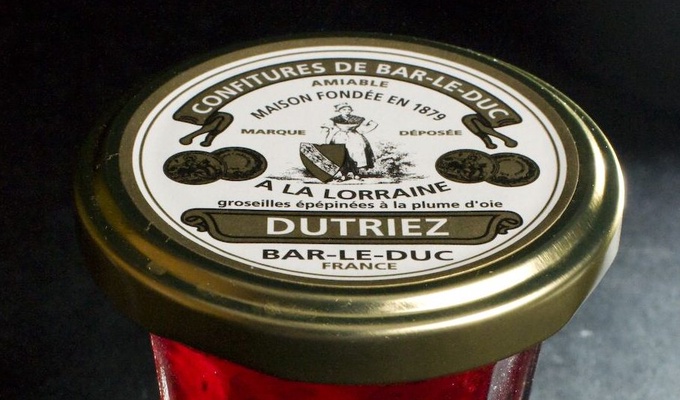Bar-le-duc jelly is a highly regarded preparation of jelly originally composed of select whole seeded currants, typically white currants or red currants. The name Bar-le-duc refers to the geographical origin of the preparation in the French town of Bar-le-duc. Since the jelly's first documented reference in 1344, the culinary name "Lorraine jelly" is occasionally used, as the city of Bar-le-duc lies within the boundaries of the former province of Lorraine.
Commonly served as an accompaniment to game, spread on bread, or with foie gras, it is considered a culinary luxury, purportedly sharing an elite status akin to Beluga Caviar and is colloquially referred to as Bar caviar.
